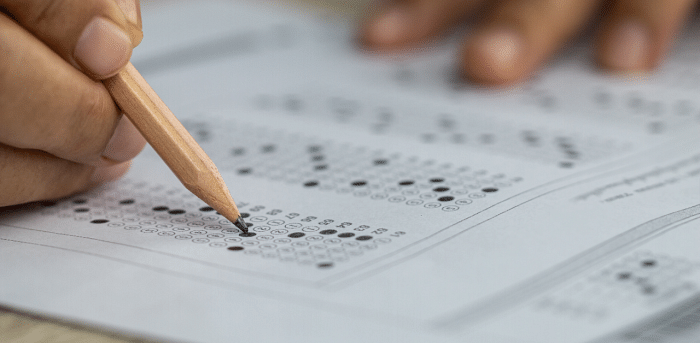
The Central Board of Secondary Education (CBSE) class 12 results for the 2020-21 batch were announced on July 30 and 99.37 per cent of the students passed their board examinations after a difficult year.
In this year’s batch, 70,004 of 13,69,745 students (or 5.37 per cent) scored more than 95 per cent.
For calculating the marks, CBSE came up with an alternative assessment policy that used the 40:30:30 formula based on the students’ marks in Classes 12, 11, and 10 respectively. Both school and the board were a part of the evaluation process.
What is the formula used for calculating the results?
CBSE divided each subject into two parts — practical/internal assessment and theory. The practical/internal assessments were completed in most schools in June and these marks were directly taken to the final calculations.
Then, the 40:30:30 rule was applied to the theory part, which ranged between 50 marks to 80 marks depending on the school. If the theory marks for a subject were 80, the practical was worth 20 marks; if the theory was worth 70 marks, then the practical was for 30, and so on.
The CBSE included all the marks from the student’s historical performances to calculate the final result.
What is 40:30:30 ratio?
Through the 40:30:30 formula, 40 per cent weightage was given to the Class 12 category, 30 per cent to Class 11, and 30 per cent to Class 10, to calculate theory marks.
In this process, 40 per cent is taken from marks obtained in the theory exams in pre-boards or mid-term exams held in schools earlier this academic year or an average of both, a decision left to the results committee set by the school and 30 per cent is taken from Class 11 final theory exams. The remaining 30 per cent weightage constitutes marks from the average of three main subjects in which a student performed the best in Class 10 board exams.
Finally, the total of the theory marks of each subject was added to that subject’s practical marks to get the final result for Class 12.